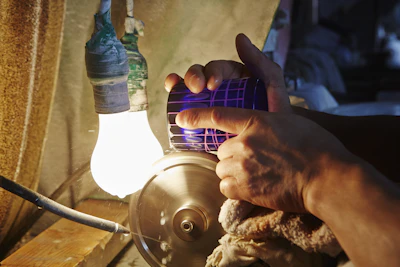
articles
Traditional Craftsman, Akashiya Co., Ltd.
The Origins of Nara Brushes: The Dawn of Japanese Calligraphy Culture
The history of Nara brushes can be traced all the way back to the Asuka period (592–710). The Taiho Code, enacted in 701, records that brush and ink makers were assigned to the "Ministry of Central Affairs" (Nakatsukasa-shō), marking the first documented evidence of brush making in Japan. As the capital and a hub of politics and learning, Nara provided fertile ground for a culture of writing to flourish.
Today, Nara, along with Kumano, Kawajiri, and Toyohashi, is designated by the national government as one of the "Four Major Brush Production Areas." Among these, Nara holds a special place as the birthplace of brush making in Japan. The tradition of Nara brushes goes beyond mere craftsmanship; it has been passed down through the ages as a cornerstone of Japanese calligraphy culture.
Strolling through the ancient streets and temples of Nara, you can feel an undeniable connection to the history of the brush. The brushes and calligraphy preserved in the Shosoin Treasure House reveal how deeply the people of that time valued scholarship and aesthetics. A brush was more than just a writing tool; it was a symbol for preserving knowledge and ideas for future generations.






